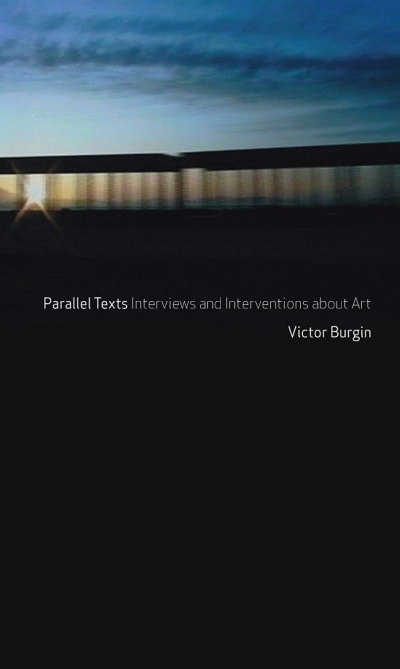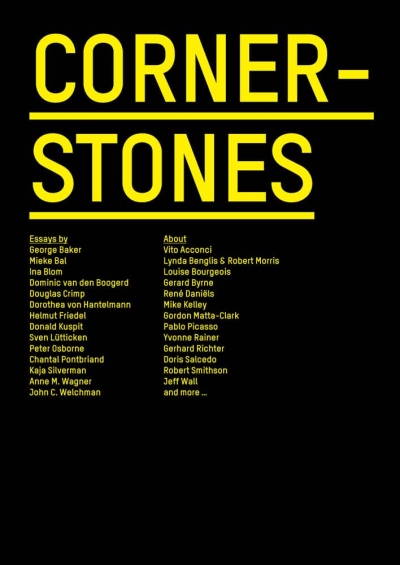
Flying Plaza. Work Journal. The artist practice of Studio Tomás Saraceno
How does Studio Tomás Saraceno operate, how does a work by the artist evolve? This book examines the “Flying Plaza” project as an example of the working method and offers descriptions of the studio as an artistic laboratory. This enables uniquely
in-depth insights into a contemporary artistic practice that intertwines utopian ideas and physical demands, collective co-production and the legacy of the artistic avant-garde, digital work and hand craftsmanship, expert knowledge and artistic shifts in perspectives.
The book edited by Philipp Oswalt in co-operation with studio Saraceno is attempt, to document a artistic process by different methods: A reconstruction oft he work-process based on a visual diary and interviews with the people involved, a photographic analysis oft he studio, a participatory observation, mapping, address book, chronology, glossary and a projective speculation.
Moby Dick - der weiße Pottwal aus Herman In den letzten Jahren ist der argentinische Künstler Tomás Saraceno mit seiner Vision von Cloud Cities - fliegenden, von Menschen begehbaren, quasi bewohnbaren Strukturen - international bekannt geworden. Flying Plaza stellt eine konzeptuell wichtige Werkserie vor, bei der zum Fliegen und Schweben Windkraft und Sonneneinstrahlung genutzt werden. Diese aktive Form fliegender Raumstrukturen eröffnet neue Fragen zum Verhältnis des Menschen zu Natur, Kosmos und Wetter und zielt damit auf wesentliche Themenfelder des Menschseins im Anthropozän.
Die Publikation stellt nicht nur die Werkgruppe, sondern in Form eines Arbeitsjournals auch die künstlerische Praxis im Studio Saraceno vor: die Projekte befinden sich hier in kontinuierlicher Fortschreibung, in einem dynamischen evolutionären Prozess der Realisierung. Nie abgeschlossen, aber auch nie nur bloßer Entwurf.
In recent years the Argentinian artist Tomás Saraceno has become known around the world for his vision of cloud cities - flying, ostensibly livable structures that people can move around freely in. This book presents a conceptually important series of works, in which flying and floating are powered by the wind and solar radiation. This active form of flying physical structures raises new questions about the human relationship to nature, the cosmos, and the weather and it sets its sights on major areas of interest relating to what it is to be human in the Anthropocene. This publication also gives an insight into artistic practise in Saraceno's studio in the form of a work journal: the projects find themselves being continually updated, part of a dynamic evolutionary process of realization - never finished, yet never merely draft versions.

































































































